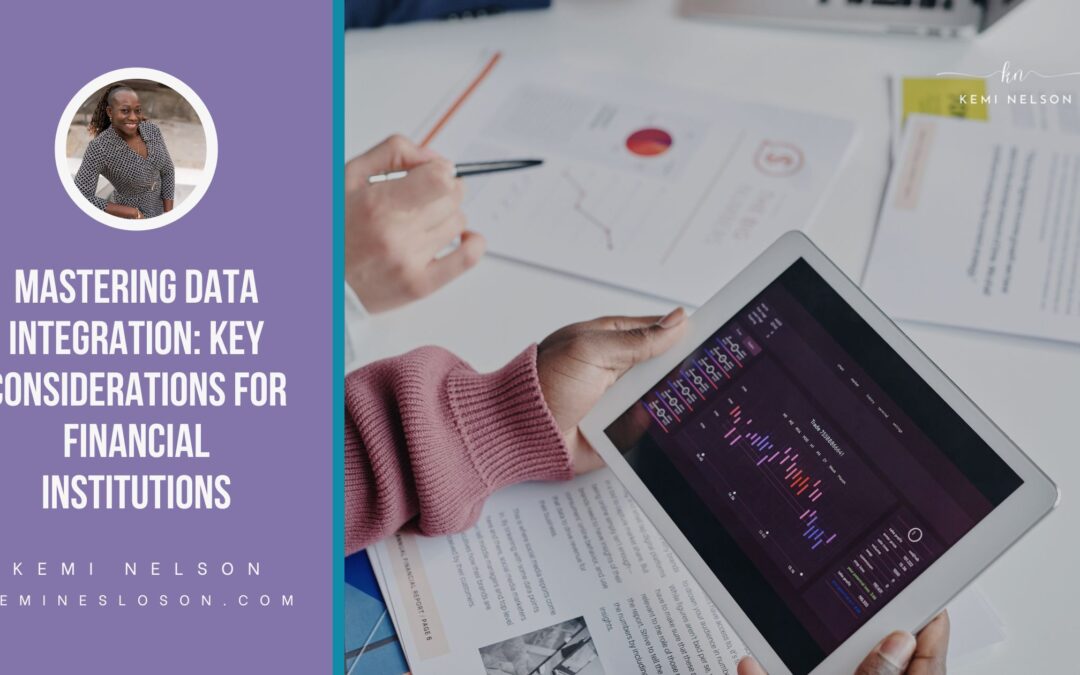Data integration uses data from multiple sources to generate valuable information for operational and analytical use. For financial institutions, it has become more critical than ever to analyze timely and accurate data. This analysis gives companies a better understanding of their customers, allowing for better business decisions and outcomes.
In recent years, data analytics has become a necessary tool in business, especially for financial institutions. The evolution of the finance industry creates increased pressure to stay competitive while navigating fluctuations in the business model. Data analytics has become vital for financial institutions needing to gain an advantage and make better business decisions.
How Data Integration Can Help
Forecasting Revenue and Cash Flow
Using data to predict Cash flow assists finance teams with visibility. It can predict incoming and outgoing cash by analyzing invoice payments, past trends, cash position, and other factors. With this powerful data, financial professionals can plan investments, optimize cash flow, and segment customers based on their excellent payment habits and even less favorable ones.
Managing Fraud and Risk
Using predictive data tools to determine minute differences in transaction data can give foreknowledge of possible fraud. It can predict each task’s risk and provides team members with an idea of how they impact the business. Items such as capital investments, technology spending, and money markets are analyzed to reduce unforeseen losses.
Credit Risk
Credit risk management software assigns customers a score to identify the immediate risk each time a credit sale is made. It utilizes a vast amount of information sources, such as credit reports and market data, to minimize payment risks.
Budgeting and Resource Allocation
Predictive analytics can assist financial professionals in identifying trends and patterns in data from various resources and predict if budget allocations will likely deliver a favorable ROI. Using historical data, predictive analytics can suggest where to allocate resources and avoid overspending or underspending.
What to Consider with Financial Forecasting
Ensure you’re using high-quality data: Data quality is a must to ensure accurate financial forecasting. Gather all data from trustworthy sources and be confident it is correct and relevant to your plan. Removing mistakes and duplicates from the data will help you make well-advised decisions.
Research and choose the suitable data model: Data science models such as regression, time-series analysis, and machine learning are all used in financial forecasting. Based on your goal and data, choose the correct model. Consider accuracy, speed, and scalability.
Be diligent and continuously monitor and refine: Financial forecasting and data integration is more than just a one-and-done. You must continually monitor data in an effort to improve the model. This will help ensure your forecasts are correct and allow you to adjust to market changes and make decisions based on good information.
Learn how to interpret results effectively: These models can return complex outputs that are difficult to understand. You must feel comfortable comprehending and sharing your analysis to make informed decisions. Using clear language and graphics will help you present accurately to stakeholders.
More often than not, data analytics and integration are the driving forces behind the finance industry‘s transformation.
With the growth of what data analytics can do and the consistently new and improved technology, the potential within the finance industry is vast. It will be necessary for financial institutions to embrace these technologies. Those who do so will remain competitive and do well in this growing industry.

